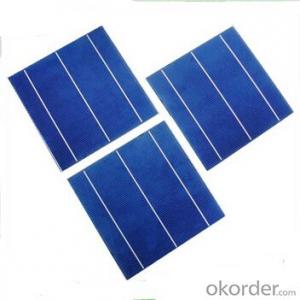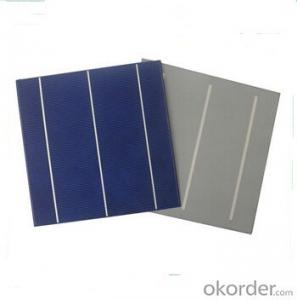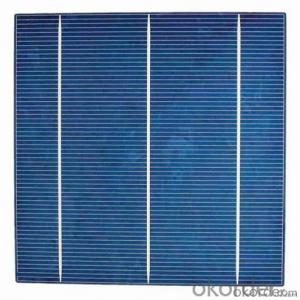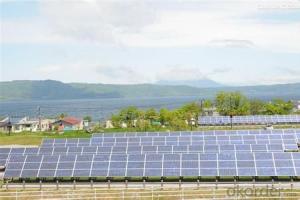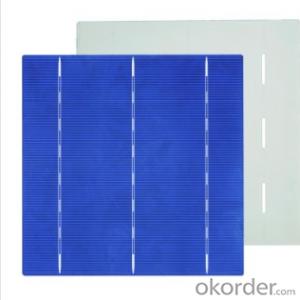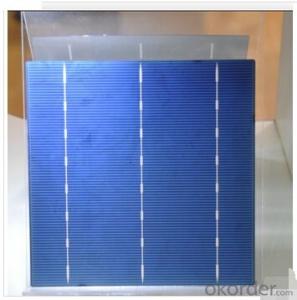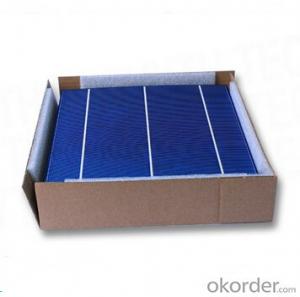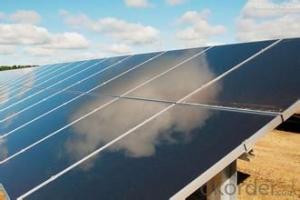Custom Solar Cells
Custom Solar Cells Related Searches
Raw Material For Solar Cells Roof Shingles With Solar Cells High Quality Solar Cells Light Trapping In Solar Cells High Performance Solar Cells High Output Solar Cells Best Solar Cells In The World Energy Transfer In Solar Cells Recombination In Solar Cells Hot Solar CellsHot Searches
Professional Keyboards For Sale Types Of Binders In Paint Custom Harness Manufacturers Cheap Solar Cells For Sale Flexible Solar Cells For Sale Q Cells Solar Panels For Sale Printed Solar Cells For Sale Bulk Solar Cells For Sale 6x6 Solar Cells For Sale Broken Solar Cells For Sale Cpv Solar Cells For Sale Photoelectric Cells For Sale Price Of Silicon Solar Cells Price Of Solar Cells Over Time Buy Solar Cells From China Cheap Solar Cells China Best Type Of Solar Cells Flexible Solar Cells Price Q Cells Solar Panels Price 3 Types Of Solar CellsCustom Solar Cells Supplier & Manufacturer from China
Okorder.com is a professional Custom Solar Cells supplier & manufacturer, offers integrated one-stop services including real-time quoting and online cargo tracking. We are funded by CNBM Group, a Fortune 500 enterprise and the largest Custom Solar Cells firm in China.Hot Products
FAQ
- Solar cells can perform well in urban environments, although their efficiency may be slightly reduced compared to more ideal conditions. The presence of tall buildings and shadows can partially block sunlight, affecting the overall energy output. However, advancements in solar technology, such as the use of bifacial panels and improved tracking systems, can help mitigate these challenges by capturing light from multiple angles and adapting to changing conditions. Moreover, the increasing installation of solar panels on rooftops, facades, and other urban structures is significantly contributing to the adoption of renewable energy in cities.
- Solar cells have a significant impact on reducing energy inequality by providing access to clean and affordable energy for communities that lack reliable electricity sources. Solar power eliminates the dependence on fossil fuels, which are often expensive and inaccessible for marginalized populations. By harnessing the sun's energy, solar cells offer a sustainable and renewable solution, empowering underserved regions and bridging the energy gap between developed and developing countries.
- The role of grounding systems in solar cell systems is to provide a safe and efficient pathway for the dissipation of electrical faults and to protect the system from electrical surges and lightning strikes. Grounding systems help minimize the risk of electrical shock, equipment damage, and fire hazards by establishing a connection to the earth, allowing excess electrical energy to be safely redirected and dispersed.
- Yes, solar cells can be used in ski resorts for snowmaking. Solar panels can generate electricity from sunlight, which can then be used to power snowmaking equipment. This can provide a sustainable and environmentally friendly solution for snowmaking, reducing the reliance on traditional energy sources.
- Yes, solar cells can be used in street lighting. Solar street lights combine solar panels, batteries, and LED lights to generate and store energy during the day, which is then used to power the lights at night. This renewable energy source makes solar cells an efficient and sustainable option for street lighting, reducing carbon emissions and reliance on the electrical grid.
- Yes, solar cells can be used to power electric vehicles. Solar panels can be installed on the vehicle's roof or other surfaces to capture sunlight and convert it into electricity. This electricity can then be stored in a battery pack and used to power the vehicle's electric motor. While solar energy alone may not be sufficient to fully power electric vehicles, it can supplement the battery's charge and extend its range, making it a sustainable and environmentally-friendly option.
- The history of solar cells
- Was first applied to cardiac pacemakers. As the lithium battery self-discharge rate is very low, the discharge voltage is gentle. Making the pacemaker implanted in the human body as long as possible. Lithium batteries are generally higher than the nominal voltage of 3.0 volts, more suitable for integrated circuit power. Manganese dioxide batteries, widely used in computers, calculators
- Yes, solar cells can be used to power remote sensors. Solar cells convert sunlight into electricity, making them ideal for remote locations where other power sources may be unavailable. By harnessing the sun's energy, solar cells can provide a reliable and sustainable power supply for remote sensors, ensuring their continuous operation without the need for frequent battery replacements or wired connections to the grid.


















